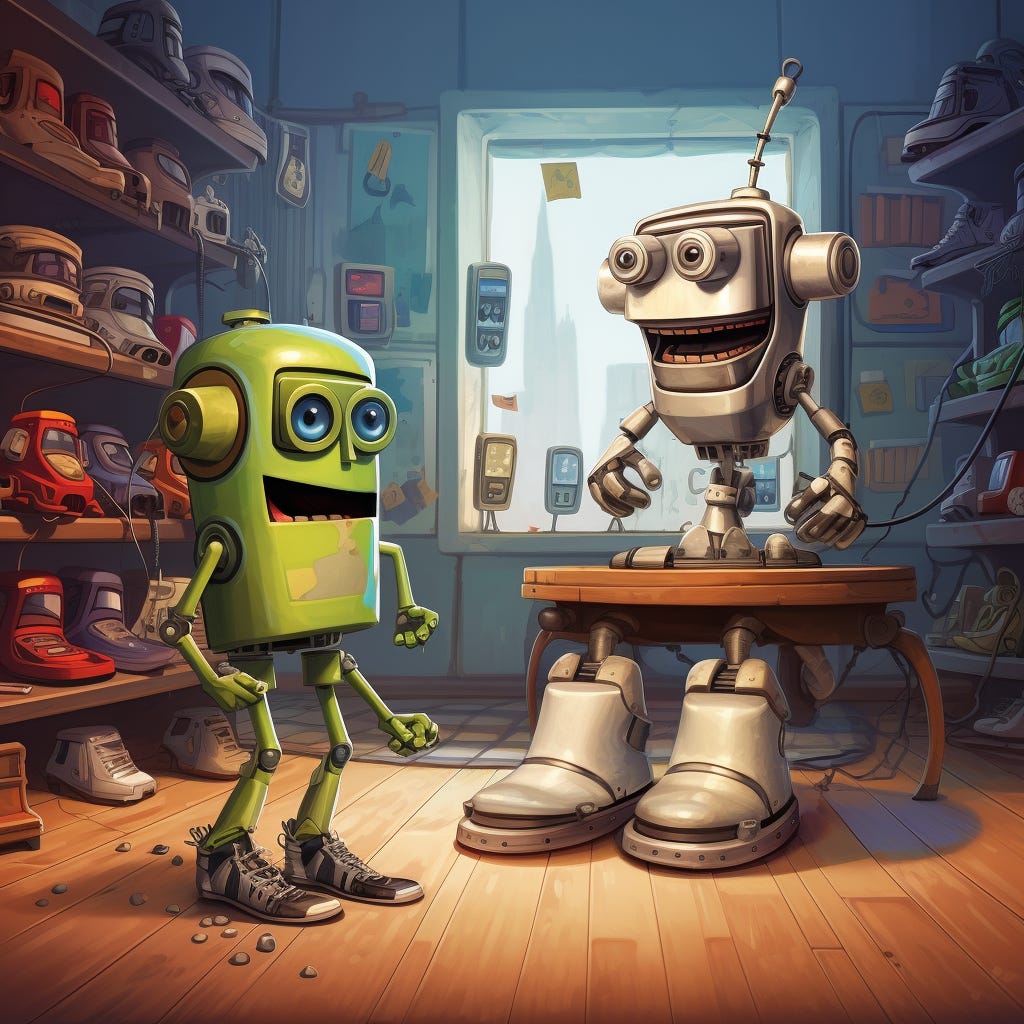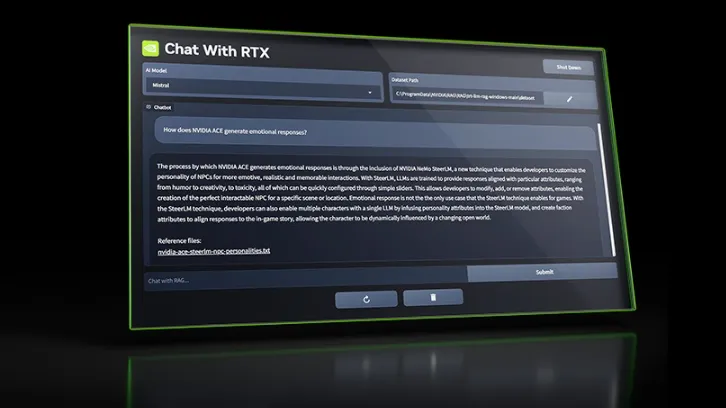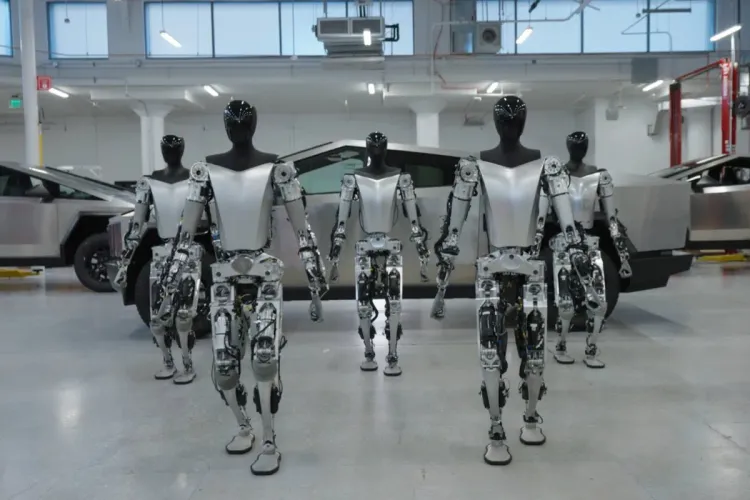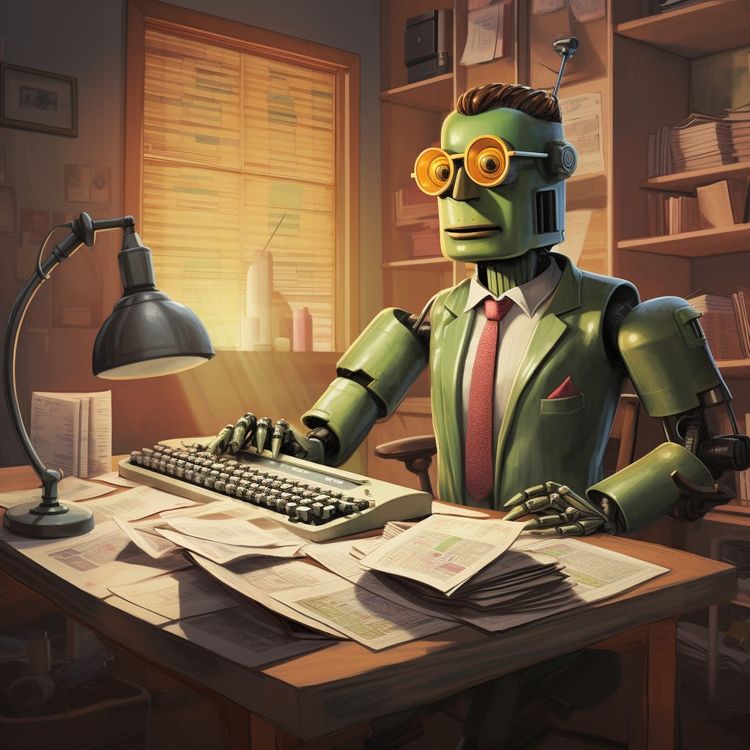The robots are tweeting

Plus: The trillion-dollar AI is coming, but who will benefit?
Tweetstorm
According to a new study, more people trust AI-generated tweets than tweets written by real people.
- 697 participants were asked if tweets on 11 different science topics were written by GPT-3 or human hands.
- The researchers specifically chose contentious topics prone to misinformation on social media.
“To achieve our goals, we asked GPT-3 to write tweets containing informative or disinformative texts on a range of different topics, including vaccines, 5G technology and COVID-19, or the theory of evolution, among others, which are commonly subject to disinformation and public misconception.”
The result? GPT-3 transmissions were “indistinguishable” from organic content.
- Intriguing plot twist: the researchers can’t actually tell if the tweets they sourced were written by GPT-3 or humans, given the pseudonymous nature of the platform.
- Survey respondents actually proved to be better judges than GPT-3 itself when asked about the accuracy of the information.
On the bright side, GPT-3 might also be able to inform humans better than…humans. The authors conclude,
“Our findings show that tweets produced by GPT-3 can both inform and disinform better than organic tweets. Synthetic tweets containing reliable information are recognized as true better and faster than true organic tweets, while false synthetic tweets are recognized as false worse than false organic tweets.”

Trillion-dollar AI
With so much discussion about the economic impact of AI, Github CEO Thomas Dohmke recently said that he believes AI can boost GDP globally by over $1 trillion.
Speaking of the advances of computer technology, he says,
“We now have an insanely powerful device that's with us all the time... and it’s enabled us to live a very different life than we could have imagined 30 or 40 years ago.”
- Dohmke believes that AI in our pockets will further boost economies.
- He’s also optimistic that AI bodes well for numerous professions, including journalism, insurance, automotive, and pharmaceuticals.
Of course, how that wealth will be distributed remains to be seen. A trillion dollars concentrated in too few hands erases the optimism the tech industry portends.
Thanks for reading Prompts Report! Subscribe for free to receive new posts and support our work.

Communication breakdown
Most employees don’t feel they have the energy or time to accomplish their job, according to Harvard Business Review.
This is largely due to a communications issue: the average employee surveyed spends 60% of their time communicating, leaving only 40% for their work.
- The pool for this was broad and varied: 31,000 people in 31 countries were surveyed.
HBR suggests 3 steps to prepare work cultures for how AI will change the workplace.
Choose curiosity over fear
- “Our research found that while 49% of employees are concerned AI will replace their jobs, the promise of AI outweighs the threat: 70% of employees are more than willing to delegate to AI to lighten their workloads.”
Embrace failure
- “It will take time to learn these new patterns of work and identify which processes need to change and how. But if we create a culture where experimentation and learning are viewed as a prerequisite to progress, we’ll get there much faster.”
Become a learn-it-all
- “We believe a learn-it-all mentality will get us much farther than a know-it-all one. And while the learning curve of using AI can be daunting, it’s a muscle that has to be built over time — and that we should start strengthening today.”

Shoe-in
While the focus remains on regulations and apocalypses, AI is being implemented in more and more industries. Retailers seem to have pinpointed on a particularly powerful pain point: finding the right shoe fit.
- ShoeAI has been in development for 10 years.
- The company’s machine learning platform pulls from 58 million data points.
- Meanwhile, Volumental, founded in 2012 by a former NASA PhD, also uses millions of data points to ensure a proper fit.
“I think we’re on the cusp of solving this massive industry problem—this shopper pain point that, like so many pain points, we just accepted because we had blinders on to what’s possible,” says Volumental’s CMO, Brent Hollowell.
So yes, the robots might destroy us, but before then, they might fit us well.

AI Tool of the Week
Sourcegraph recently announced a major upgrade of its AI assistant, Cody.
Combining an LLM with Sourcegraph’s code graph, Cody allows users to auto-generate unit tests, explain code, find code smells, and generate code.
As Sourcegraph CEO, Quinn Slack, says:
Cody is the first code AI to autocomplete based on context from the entire repository, using embeddings-based semantic search. This means Cody can generate better code that uses more of your codebase’s own APIs and idiomatic usage patterns, compared to GitHub Copilot and others that only use recent files and open tabs.






Member discussion